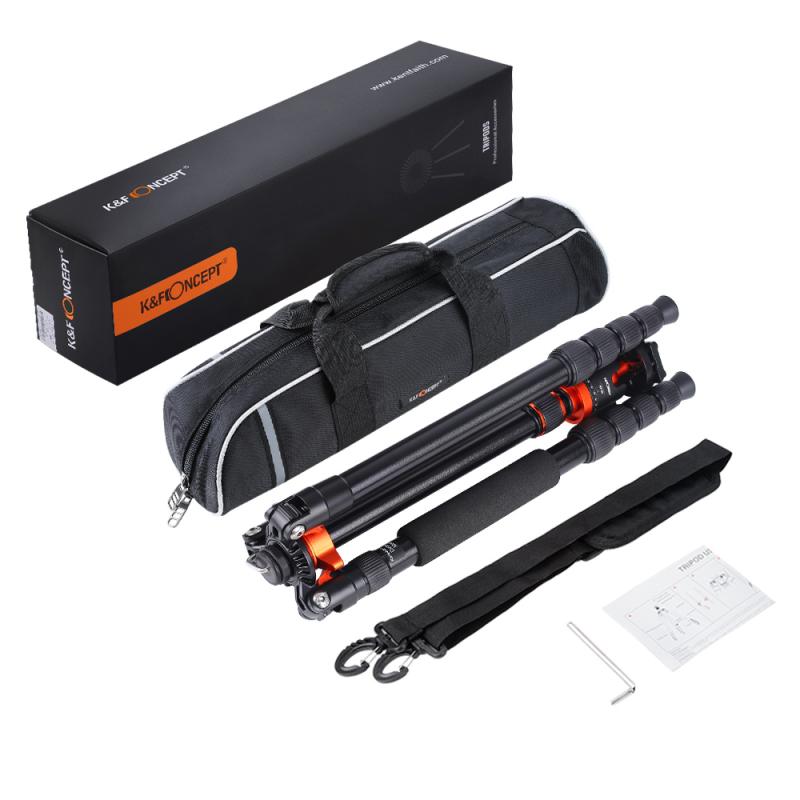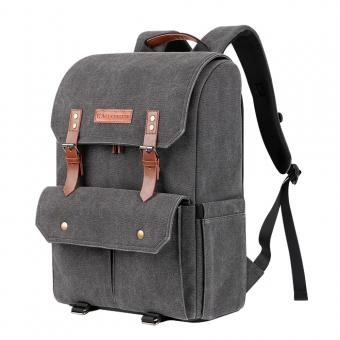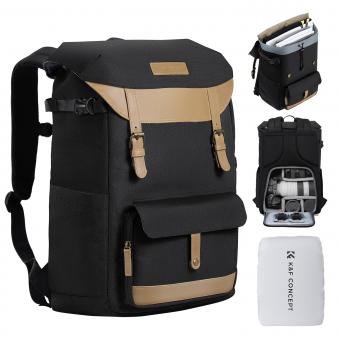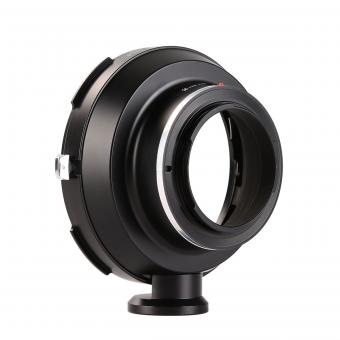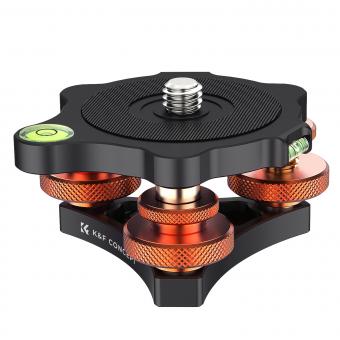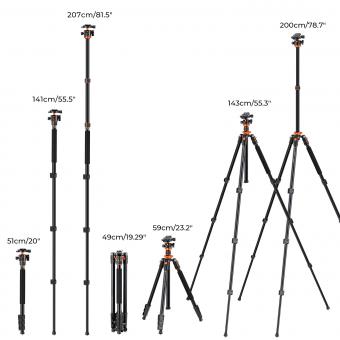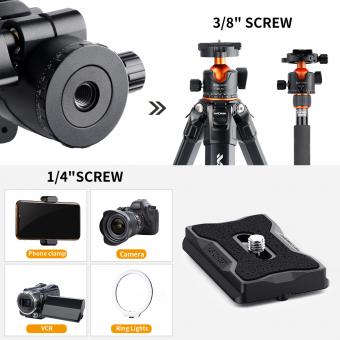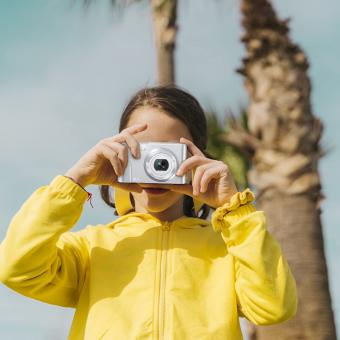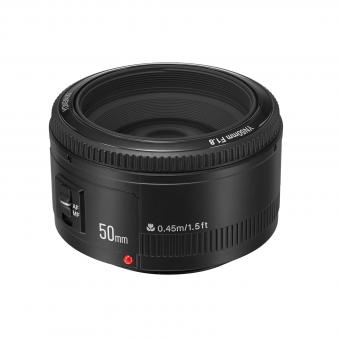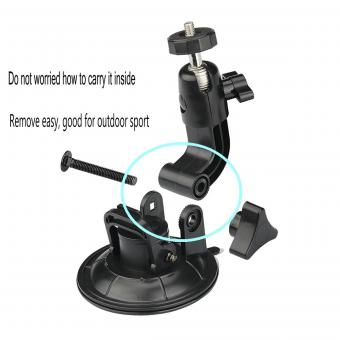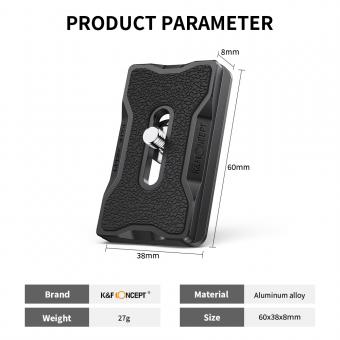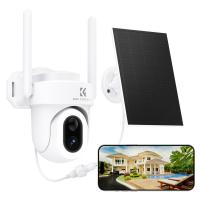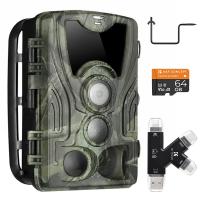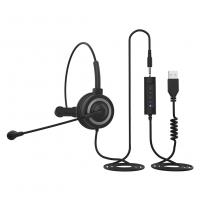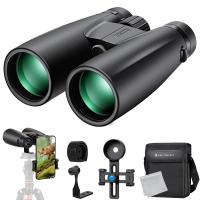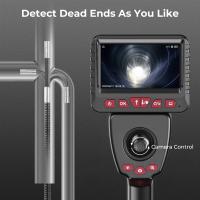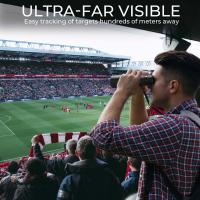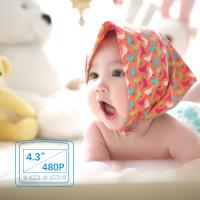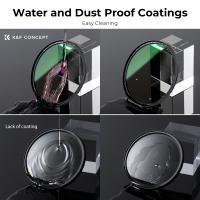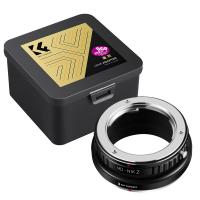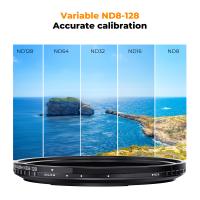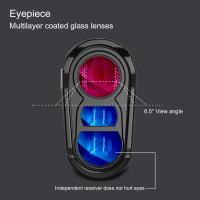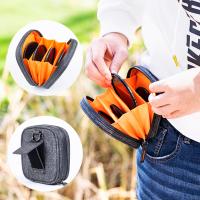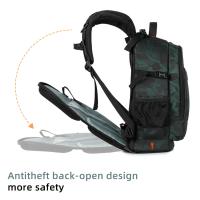How Yo Keep Camera Tight On Tripod ?
To keep the camera tight on a tripod, you can follow these steps:
1. Ensure that the tripod is set up on a stable surface.
2. Attach the camera securely to the tripod head using the mounting plate or quick-release system.
3. Tighten the mounting plate or quick-release mechanism to hold the camera firmly in place.
4. Adjust the tripod legs to the desired height and angle.
5. Use the tripod's locking mechanisms to secure the legs in position.
6. Check that the camera is level and adjust the tripod head accordingly.
7. Use the tripod's pan and tilt controls to position the camera precisely.
8. Once the camera is in the desired position, tighten the tripod head's locking knobs to secure it in place.
9. Double-check that the camera is securely attached and doesn't wobble or move when lightly touched.
10. Avoid touching the camera or tripod unnecessarily to minimize vibrations during shooting.
By following these steps, you can ensure that your camera remains tight and stable on the tripod, allowing for steady and precise shots.
1、 Adjusting the tripod legs for stability
To keep the camera tight on a tripod, one of the most important steps is to adjust the tripod legs for stability. This ensures that the camera remains steady and secure during shooting.
Firstly, it is crucial to extend the tripod legs fully and evenly. This provides a solid foundation and prevents any wobbling or imbalance. Make sure all the leg locks are securely tightened to keep the legs in place. Additionally, spreading the legs wider can enhance stability, especially in windy conditions or on uneven surfaces.
Another important aspect is to adjust the tripod's center column. Lowering the center column as much as possible reduces the risk of vibrations and increases stability. However, it is essential to ensure that the center column is not extended beyond its recommended limit, as this can compromise stability.
Furthermore, using a tripod with a weight hook can significantly enhance stability. By hanging a weight, such as a camera bag, from the hook, the tripod's center of gravity is lowered, making it less prone to tipping over.
In recent years, advancements in tripod technology have introduced features like built-in bubble levels and adjustable leg angles. These innovations allow photographers to achieve even greater stability by ensuring that the tripod is perfectly level and adapting to various shooting conditions.
Overall, keeping the camera tight on a tripod involves adjusting the tripod legs for stability. By extending the legs evenly, lowering the center column, using a weight hook, and utilizing the latest tripod features, photographers can ensure that their camera remains secure and steady, resulting in sharper and more professional-looking photographs.
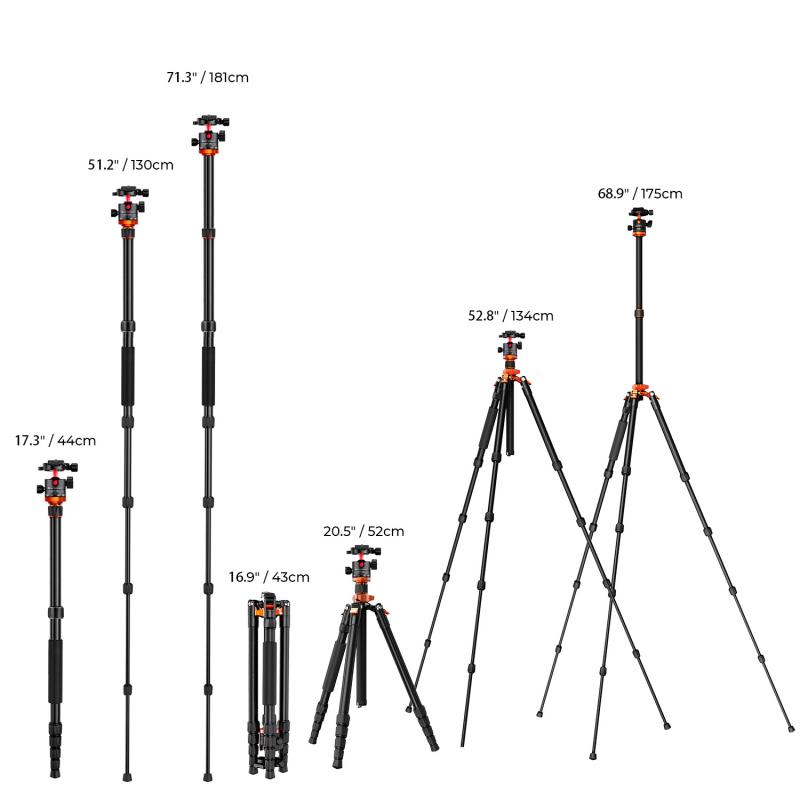
2、 Securing the camera to the tripod head
Securing the camera to the tripod head is essential to keep it tight and stable during photography or videography sessions. This ensures that the camera remains in the desired position and prevents any unwanted movement or vibrations that could result in blurry or distorted images.
To keep the camera tight on the tripod, follow these steps:
1. Mount the camera correctly: Start by attaching the quick-release plate to the camera's base. This plate allows for easy attachment and detachment of the camera to the tripod head. Make sure it is securely fastened to the camera.
2. Align the camera: Once the quick-release plate is attached, align the camera with the tripod head. Most tripod heads have a mounting screw that needs to be inserted into the camera's tripod socket. Ensure that the camera is properly aligned and centered on the tripod head.
3. Tighten the mounting screw: Use the mounting screw to secure the camera to the tripod head. Turn it clockwise until it is firmly tightened. Be careful not to overtighten, as this could damage the camera or tripod.
4. Check for stability: After securing the camera, gently shake the tripod to check for any movement. If the camera wobbles or feels loose, readjust the mounting screw until it is securely tightened.
5. Use a tripod lock: Some tripods have a lock mechanism that further secures the camera to the tripod head. This lock prevents any accidental movement or rotation of the camera. Engage the lock to ensure maximum stability.
6. Consider additional stabilization: In certain situations where extra stability is required, such as in windy conditions or when using heavy lenses, you can use additional stabilization techniques. This may include using a tripod weight bag or attaching a camera strap to the tripod for added security.
In recent years, advancements in tripod technology have introduced features like built-in bubble levels and quick-release systems with improved locking mechanisms. These innovations help photographers and videographers achieve even greater stability and ease of use when securing their cameras to tripods.
Remember, keeping the camera tight on the tripod is crucial for capturing sharp and steady shots. By following these steps and utilizing the latest tripod features, you can ensure that your camera remains securely attached and stable throughout your shooting sessions.
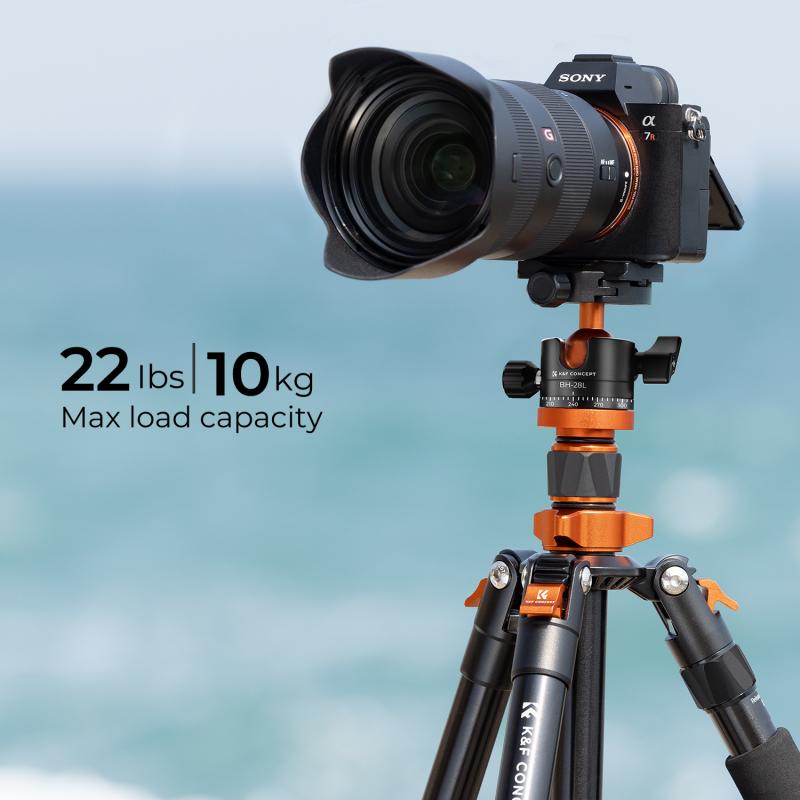
3、 Using a tripod with a sturdy build and weight capacity
To keep a camera tight on a tripod, it is essential to use a tripod with a sturdy build and weight capacity. A tripod with a solid construction will provide stability and prevent any unwanted movement or vibrations that could affect the quality of the image or video being captured.
When selecting a tripod, it is important to consider the weight capacity it can handle. This is especially crucial if you are using heavy camera equipment or accessories. A tripod with a higher weight capacity will ensure that the camera remains secure and tight, even when using additional attachments such as telephoto lenses or external flashes.
In addition to choosing the right tripod, there are a few other tips to keep in mind for keeping the camera tight on the tripod:
1. Ensure that the tripod legs are fully extended and locked in place. This will provide maximum stability and prevent any wobbling or tilting.
2. Use the tripod's center column hook to add extra weight. Hanging a bag or other heavy object from the hook will help stabilize the tripod and reduce any potential movement caused by wind or other external factors.
3. Tighten all the tripod knobs and locks securely. This includes the leg locks, head locks, and any other adjustable parts. Regularly check and tighten these components to maintain a tight grip on the camera.
4. Avoid extending the center column too far. Extending the center column to its maximum height can compromise stability. It is best to keep the center column as short as possible while still achieving the desired composition.
By following these tips and using a tripod with a sturdy build and weight capacity, you can ensure that your camera remains tight and secure, allowing you to capture sharp and steady images or videos.

4、 Utilizing a tripod with a quick-release plate system
To keep a camera tight on a tripod, one effective method is to utilize a tripod with a quick-release plate system. This system allows for easy and secure attachment of the camera to the tripod.
The quick-release plate system consists of a plate that is attached to the camera and a corresponding mount on the tripod. The plate typically has a locking mechanism that securely holds the camera in place. To attach the camera to the tripod, you simply slide the plate into the mount and lock it in position. This ensures that the camera is tightly secured to the tripod and minimizes any movement or wobbling.
One advantage of using a quick-release plate system is the convenience it offers. It allows for quick and easy attachment and detachment of the camera from the tripod, saving time and effort. This is particularly useful when you need to switch between handheld and tripod shots frequently.
Additionally, the quick-release plate system provides stability to the camera setup. It helps to eliminate any potential movement or vibrations that can occur when the camera is not securely fastened to the tripod. This is especially important when shooting in low light conditions or when using longer exposure times, as even the slightest movement can result in blurry images.
Furthermore, some quick-release plate systems offer additional features such as bubble levels or adjustable tension knobs. These features allow for precise leveling and fine-tuning of the camera position, ensuring optimal stability and composition.
In conclusion, utilizing a tripod with a quick-release plate system is an effective way to keep the camera tight and secure. It provides convenience, stability, and flexibility, making it an essential tool for photographers and videographers.
